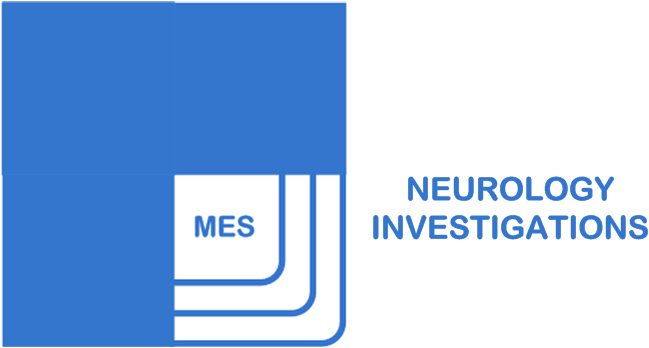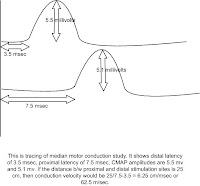The ulnar nerve derives from C8 and T1 nerve roots. It runs on the medial aspect of upper arm, and gives off no branches in the upper arm. It passes posterior to the medial epicondyle of the humerus to enter the cubital tunnel. Near elbow, ulnar nerve gives motor branches to flexor carpi and medial portion of flexor digitorum profundus.

Reference:
- Richard S Snell, Clinical Anatomy: Lippincott Williams & Wilkins, 7th edition
- Preston DC. Distal Median Neuropathies. In: Entrapment and other focal neuropathies; Neurologic Clinics: WB Saunders company, August 1999
- http://depts.washington.edu/anesth/regional/ulnarnerve.html







